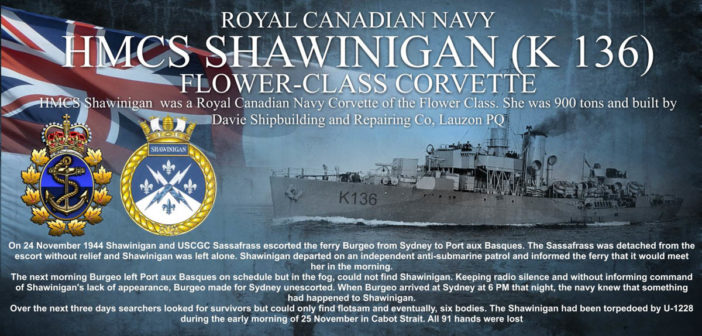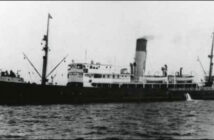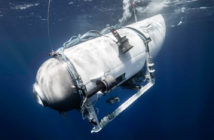The HMCS Shawinigan was torpedoed in the Cabot Strait by a U-1228 ( IXC/40 U-boat designed for Nazi Germany’s Kriegsmarine during World War II) on 25 November 1944, less than a year before the end of the war while on independent patrol out of Sydney. She immediately exploded, sunk instantly with the loss of all 91 on board.
In SHAWINIGAN, Quebec, a memorial stone was erected, dedicated to the 91 lost in the explosion.
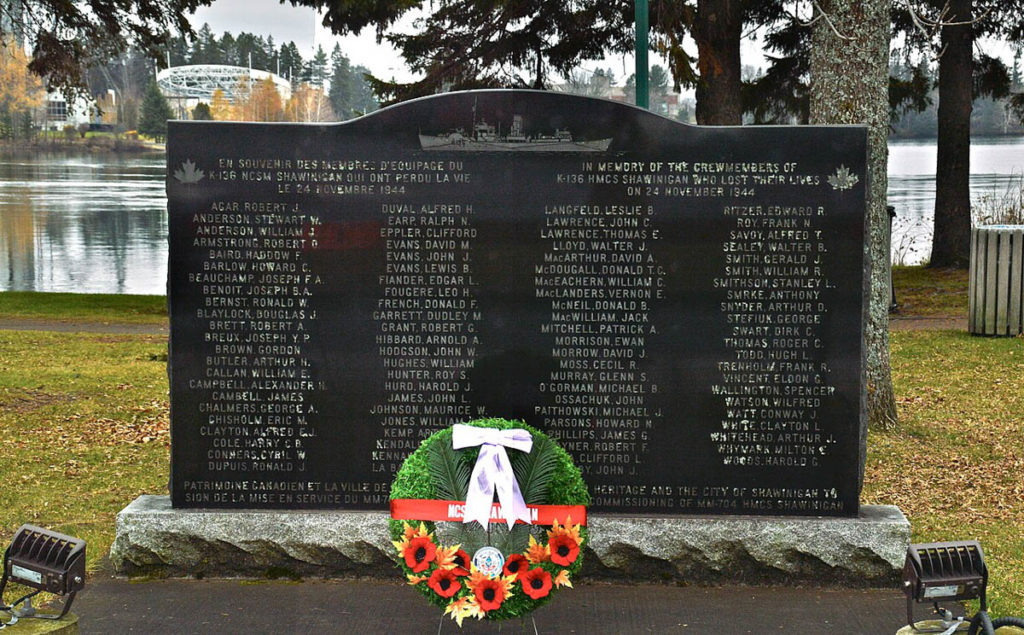
HMCS Shawinigan was the “corvette” of the flower-class that served during World War II with the Royal Canadian Navy. She primarily served in the Atlantic War, defending convoys. During the Second World War, flower-class “corvettes” such as HMCS Shawinigan serving with the Royal Canadian Navy differed from earlier and more conventional sail-driven “corvettes”. The “corvette” classification was developed as a class of small warships by the French; the Royal Navy borrowed the term for a time, but in 1877 abandoned its use. Winston Churchill reactivated the “corvette” class during the hurried war preparations in the late 1930s, requiring a name for smaller ships used in an escort capacity, based on a whaling ship design in this case. The generic name “flower” was used to denote the class of these ships, which were named after flowering plants in the Royal Navy.
“Corvettes” built by the Royal Canadian Navy during the Second World War were, for the most part, named after communities to better reflect the individuals who engaged in their construction. As part of the 1939-1940 Flower-class construction program, Shawinigan was ordered built on 24 January 1940 and constructed by Davie Shipbuilding & Repairing Co. on 4 June 1940. Ltd. in Lauzon, Quebec City. On 16 May 1941, it was launched.
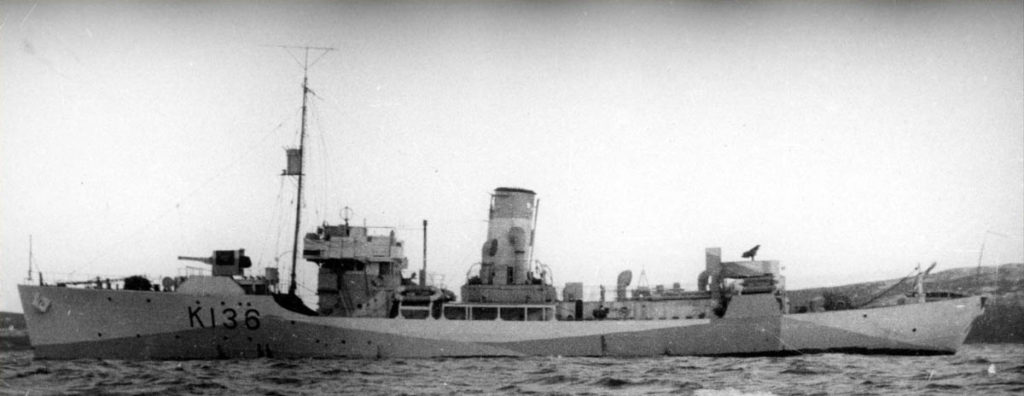
Shawinigan and USCGC Sassafras were escorting the Ferry Burgeo from Sydney to Port aux Basques on 24 November 1944. The Sassafrass was detached from the escort and Shawinigan was left on her own. On an autonomous anti-submarine patrol, Shawinigan departed and told the Ferry Burgeo that it would meet up with her the next morning. In the early morning hours, the Shawinigan was torpedoed in the Cabot Strait.
Ferry Burgeo left Port aux Basques the next morning on time but was unable to locate Shawinigan in the fog. Burgeo made Sydney unescorted by maintaining radio silence. The navy knew that something had happened to Shawinigan when Burgeo landed in Sydney at 6 p.m. that night. Searchers searched for survivors over the next three days, but only found flotsam (refers to a sunken vessel whose goods float to the surface of the sea, or any floating cargo) and recovered only six bodies.
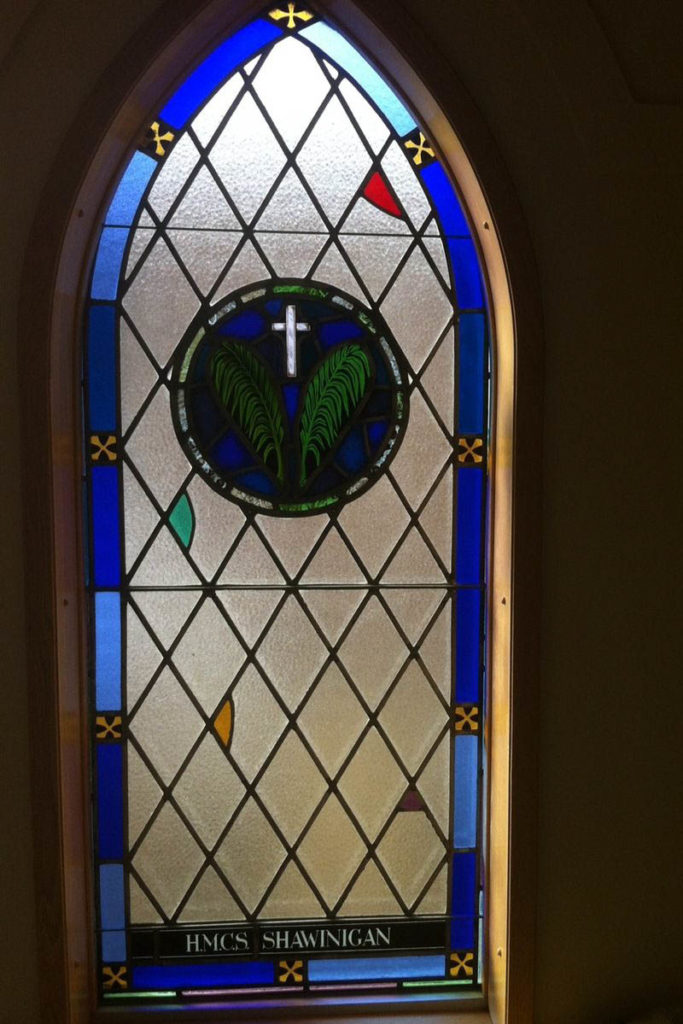
In 2008, the Naval Reserve’s planning committee described the loss of Shawinigan as one of the incidents in the history of the Navy it wanted to remember and celebrate as part of the Canadian Navy’s build-up for its forthcoming Centennial. The new HMCS Shawinigan MM704 was released in spring 2009. The Kingston-Class warship was commissioned using her state of the art side-scan sonar to extend Cormorant’s (Canadian Navy’s underwater research ship) previous search.
Several interesting objects were discovered, but nothing that could conclusively indicate that the first Shawinigan and her ship’s company’s final resting place had been found.




